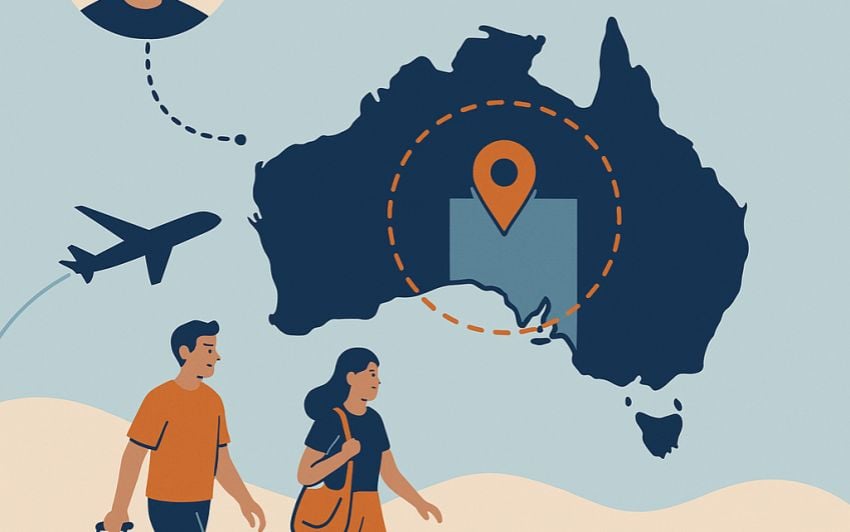Designated Area Migration Agreements (DAMAs) are formal arrangements between the Australian Government and specific regional, state, or territory authorities. These agreements enable employers in designated areas to sponsor skilled and semi-skilled overseas workers for positions they cannot fill with local labour, addressing unique workforce shortages in their regions.

Key Features of DAMAs
Tailored Occupation Lists: Each DAMA includes a region-specific list of occupations that reflects local labour market needs. These lists often include a broader range of skilled and semi-skilled roles compared to standard skilled migration programs.
Concessions: Depending on the agreement, concessions may apply to English language proficiency, age, and salary thresholds, making it more accessible for employers to attract necessary talent.
Examples of Tailored Occupation Lists
Each DAMA region has its own occupation list based on local workforce demands. For example:
Northern Territory DAMA: Includes a wide range of occupations, such as motor mechanics, aged care workers, chefs, and early childhood educators. As of the latest agreement, the list includes 325 occupations to address the Territory's workforce shortages.
South Australian Regional Workforce DAMA: Traditionally covers a broad spectrum of industries including agriculture, hospitality, health, and trades. Occupations may include viticulturists, disability support workers, and metal fabricators.
Far North Queensland DAMA: Tailored to meet regional needs in tourism, construction, and healthcare. Examples of occupations include air conditioning and refrigeration mechanics, accommodation and hospitality managers, and aged or disabled carers.
These examples illustrate how DAMAs allow regional employers to recruit for roles that are critical to their local economies.
Role of VETASSESS in DAMAs
VETASSESS provides skills assessments for many occupations listed under various DAMA regions. These assessments verify that overseas workers possess the qualifications and experience required for their nominated roles. As of August 2024, VETASSESS assesses 692 occupations under the DAMA program.
Eligibility and Application Process
Employer Sponsorship: Applicants must first secure a job offer or sponsorship from an employer within a DAMA region.
Check Occupation Eligibility: Confirm the nominated occupation is included in the relevant DAMA occupation list and that VETASSESS is the assessing authority.
Prepare Documentation: Gather necessary documents such as qualifications, employment history, and identification.
Submit Application: Proceed with a skills assessment application through the designated authority.
Benefits of DAMAs
Addressing Regional Skill Shortages: DAMAs support local economies by filling roles that cannot be met with the local workforce.
Greater Flexibility: Concessions help regional employers attract skilled workers under more accessible criteria.
Pathways to Permanent Residency: Some DAMAs include provisions for transitioning from temporary to permanent visas, encouraging long-term regional settlement.
Recent Developments
The Northern Territory has signed a new DAMA with the federal government, expanding its eligible occupations and increasing the number of overseas worker nominations from 625 to 1,500 per year. This initiative supports the Territory's goal to grow its population and fill workforce gaps in key sectors.



